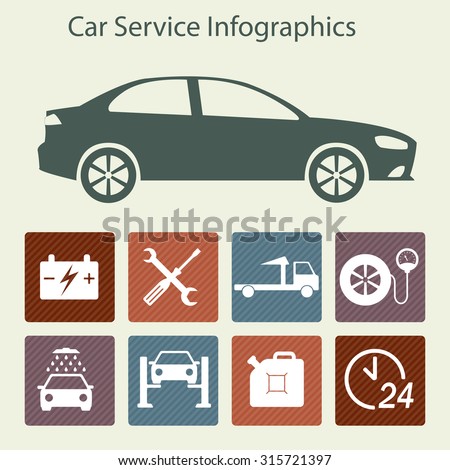Wondering Concerning The Definition Behind Those Dashboard Caution Lights? Gain Insights Into Their Ramifications For Your Car'S Safety And Maintenance
Wondering Concerning The Definition Behind Those Dashboard Caution Lights? Gain Insights Into Their Ramifications For Your Car'S Safety And Maintenance
Blog Article
Write-Up Author-Boye Winters
When you're behind the wheel, those beautiful warning lights on your dashboard can be a little bit complicated. Do https://oilchangeservicenearme72615.kylieblog.com/30700062/done-with-underwhelming-outcomes-discover-how-to-sidestep-common-vehicle-describing-mistakes-and-reveal-the-keys-to-accomplishing-an-impressive-coating recognize what they're trying to tell you concerning your automobile's health? Understanding the relevance of these lights is essential for your security and the long life of your vehicle. So, the next time one of those lights pops up, wouldn't you wish to decode its message accurately and take the required actions to address it?
Common Caution Lights and Interpretations
Identify typical warning lights in your car and recognize their significances to make sure safe driving.
The most common caution lights consist of the check engine light, which signals concerns with the engine or discharges system. If this light begins, it's important to have your car inspected promptly.
The oil pressure alerting light suggests low oil pressure, requiring prompt focus to stop engine damage.
A flashing battery light could recommend a malfunctioning billing system, potentially leaving you stranded if not resolved.
The tire pressure surveillance system (TPMS) light notifies you to reduced tire pressure, influencing vehicle security and fuel effectiveness. Neglecting this can bring about dangerous driving problems.
The abdominal light indicates a trouble with the anti-lock stopping system, jeopardizing your capability to stop quickly in emergencies.
Lastly, the coolant temperature alerting light warns of engine overheating, which can cause severe damages if not dealt with promptly.
Understanding these typical warning lights will certainly aid you deal with issues quickly and maintain secure driving problems.
Importance of Prompt Interest
Comprehending the common caution lights in your automobile is only the primary step; the relevance of immediately resolving these warnings can't be stressed sufficient to ensure your safety and security when traveling.
When https://www.usnews.com/news/best-states/south-dakota/articles/2022-01-31/car-repair-shop-for-needy-residents-expands-to-sioux-falls brightens on your dashboard, it's your car's way of connecting a prospective concern that needs interest. Disregarding these warnings can bring about a lot more severe problems in the future, jeopardizing your safety and possibly costing you more in repairs.
Trigger interest to cautioning lights can avoid failures and accidents. For instance, a blinking check engine light can indicate a misfire that, if left ignored, could create damage to the catalytic converter. Resolving this immediately can conserve you from a costly repair service.
In a similar way, a brake system alerting light could signal reduced brake liquid or worn brake pads, critical components for your safety when driving.
DIY Troubleshooting Tips
If you observe a caution light on your control panel, there are a few do it yourself fixing suggestions you can try before looking for expert help.
The initial step is to consult your cars and truck's handbook to recognize what the certain caution light shows. Occasionally the concern can be as simple as a loosened gas cap setting off the check engine light. Tightening up the gas cap might fix the issue.
An additional typical concern is a reduced battery, which can cause different cautioning lights. Checking the battery links for corrosion and guaranteeing they're protected could deal with the trouble.
If a warning light persists, you can attempt resetting it by disconnecting the car's battery for a few mins and then reconnecting it. Additionally, checking your automobile's liquid levels, such as oil, coolant, and brake liquid, can aid troubleshoot cautioning lights connected to these systems.
Conclusion
Finally, recognizing your automobile's caution lights is important for maintaining your vehicle running efficiently and safely. By immediately dealing with these signals and knowing what they imply, you can prevent costly fixings and potential failures.
mouse click the up coming website in mind to consult your cars and truck's handbook for certain information on each alerting light and do something about it appropriately to make sure a trouble-free driving experience.
Remain informed, remain safe when driving!
